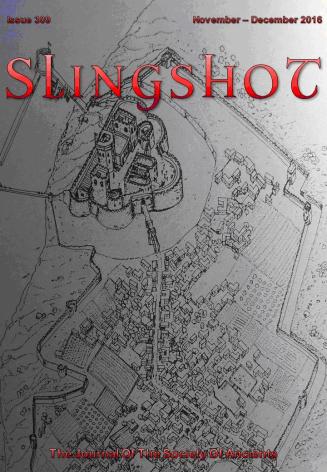Republication from Historic England
.
Archaeologists have made exciting discoveries about the Prittlewell Anglo-Saxon princely burial in Essex.
Previously hidden secrets and insights into a high status burial in Prittlewell, Essex have been painstakingly reconstructed by a team of over 40 archaeological experts from Museum of London Archaeology (MOLA). The new research has been funded by Historic England and Southend-on-Sea Borough Council. It explores the nationally significant collection, including until now unidentified artefacts from the Anglo-Saxon burial chamber.
In 2003 archaeologists from MOLA excavated a small plot of land in Prittlewell, Essex. The discovery of a well-preserved burial chamber with rare and precious objects astounded them, but many of the burial chamber’s secrets lay concealed beneath centuries of earth and corrosion. Over the years since, as conservators and archaeological specialists carried out their meticulous work, the burial has slowly been giving up its secrets.












